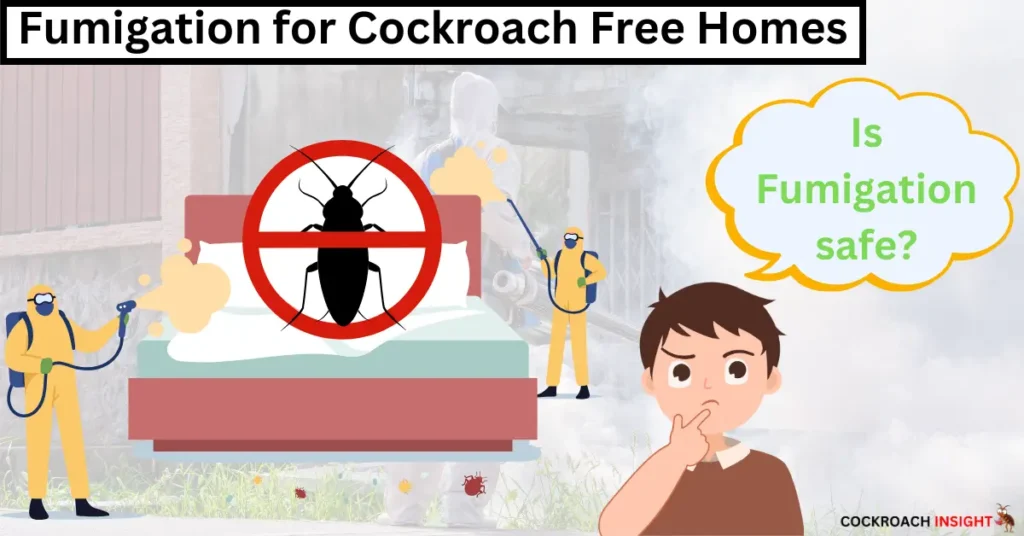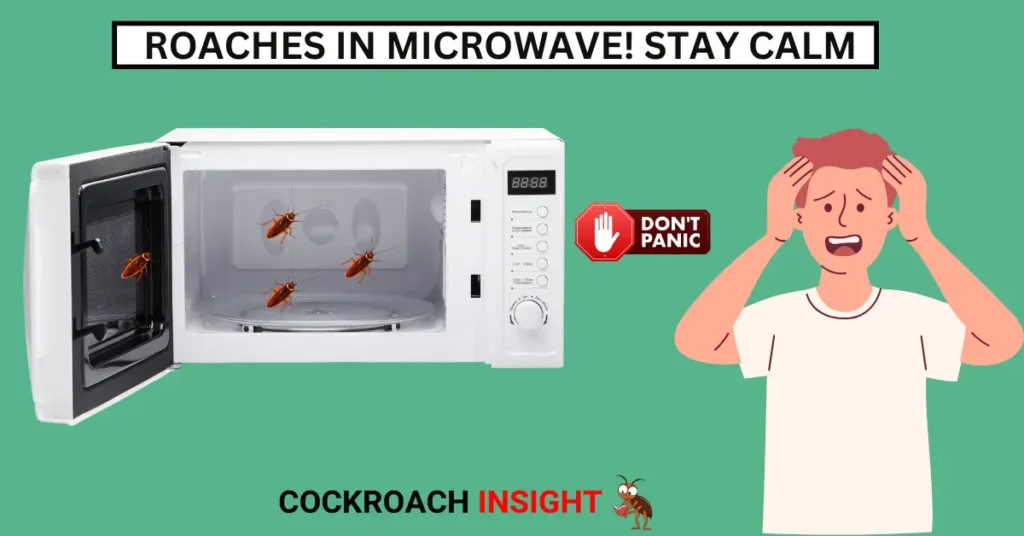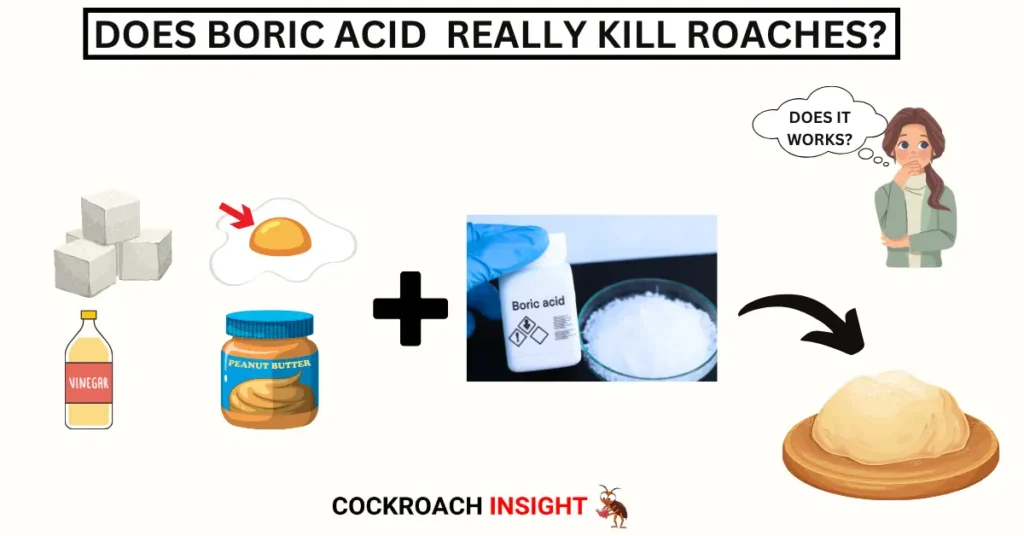I want to share my journey and experience, which I learned or observed in several audits of different premises as an Internationally Certified Lead auditor (RICA) related to pest management control systems.
Roaches are invasive pests that appear when no one is around or in the dark, so it is more critical to control them.
There are several ways to prevent and exterminate roaches, like DIY techniques, chemicals-free techniques, Gel Bait and natural methods like using the best scents that repel cockroaches.
But during the journey, what did I find? I found the most effective extermination method, i.e., fumigation, although it is dangerous and complex, but done with precautions. It’s follow-up and professional routine checking to make it more effective than others.
The frequency of follow-up depends on the infestation level, such as monthly, quarterly, or yearly, but monitoring is suggested on a daily basis. There are also some prerequisite and post-requisite steps for fumigation that reduce risk.
You are familiar with this idiom many times: Prevention is better than a cure.
There are also some preventive measures to avoid cockroach Infestation, so it is necessary to follow the preventive measures to prevent roaches in your premises that will not require any extermination process in the future.
There are many things that attracts cockroaches to your home so take these preventive measures to avoid cockroach infestation.
However, if you don’t follow them and roaches disturb you, you prefer fumigation among all techniques.
Preventive Measures to Avoid Cockroach Infestation

Preventing cockroaches away from your premises requires several steps of cleanliness, proper storage, and proactive measures. Here are some effective to prevent cockroach infestations.
Maintain Cleanness in Premise
Regularly & timely clean all areas, especially corners, rough surfaces, and hard-to-reach spots, to minimize attractions for cockroaches.
Food Storage
Food or Food particles readily attract roaches.
Pro Tips:Store food in airtight containers to prevent access by cockroaches. Ensure leftover food is immediately put away and trash is correctly disposed of.
This practice is particularly important in the kitchen, canteens, and food businesses.
Seal Entry Points of Premises
Inspect and seal all entry points, such as cracks, crevices, and gaps around doors, walls, floors, and windows, to prevent cockroaches from entering the premises.
Cover All Drainage inside/outside Premises
Make sure all drainage systems, such as drains, gutters, etc., are fully covered to block potential entry routes for cockroaches.
Surfaces of floors and others
Eliminate or fill up all rough surfaces where cockroaches can hide. Smooth and clean surfaces are regularly to deter them.
Seal Cracks and Holes
Properly inspect and seal all holes and cracks in walls, floors, and other areas to block cockroach entry points on a regular basis.
Control Humidity
Control humidity levels by using dehumidifiers. Cockroaches survive in moist environments, so reducing moisture can help to inhibit cockroaches.
Fix leaky faucets and pipes in bathrooms to eliminate moisture and prevent cockroaches.
Waste Management
Dispose of waste regularly and properly to avoid the attraction of cockroaches and other pests.
Make sure waste bins are sealed or covered with lids and emptied frequently.
Inspect Furniture & Others
Regularly inspect furniture, such as drawers, cupboards, tables, and corners, for cockroach presence. Also clean your electronics regularly.
Pro Tips: Clean and maintain furniture regularly to prevent it from becoming a hiding spot for cockroaches and other pests.
Proper Cleaning of Premises
Thoroughly clean all areas of your premises, including surfaces and distant regions that are not easily accessible—basically, a hiding place for cockroaches. Regular cleaning habits help keep cockroach populations at bay and prevent severe infestations.
Declutter Area
Reduce clutter on your premises to eliminate potential hiding spots for cockroaches and their eggs. A clutter-free environment is less attractive to cockroaches.
Vacuum Premises
Vacuum the premises regularly to remove food particles and other debris that can attract cockroaches, specifically from corners, cracks, and crevices.
By following these preventative steps, you can notably reduce the possibility of a cockroach infestation in your house, workplace, etc. But remember that dedication to these approaches is key to keeping your premises environment free from cockroaches.
Fumigation

Fumigation is an effective pest control technique that removes harmful pests and microorganisms by filling/spraying an area with fumigants and gaseous pesticides.
This technique aims to suffocate or poison the pests within the treated place. The fumigants may be liquid, solid, or gaseous.
In fumigation process the house is covered with a tarp, secured with clips and weighed down with tubes filled with water or sand to contain the gas.
Key Aspects: Here are some key aspects of the fumigation process. It involves filling the area with fumigants, which are designed to reach pests in all their hiding places to ensure the effectiveness of a process.
Fumigants typically odourless and dissipate over time. Examples of fumigants are Methyl Bromide, Sulfuryl Fluoride, Calcium Cyanide, Carbon disulphide, ethyl acetate, Chloroform, methyl bromide etc.
Safety Measures of Fumigation
If you are using fumigation techniques to eliminate roaches, it is necessary to ensure the complete removal of plants, pets, food, and people from the area where treatment is done. Also, cover or airtight your food items. This step prevents the exposure to the chemical and provide safety to living organism
Cost of Fumigation
The cost of fumigation varies according to category (residential or commercial), place, affected area, and frequency of infestation. Usually, fumigation costs between $1 and $4 per square foot, depending on the specification and area covered.
Factors Affecting Cost of Fumigation
Size of Premises
The total cost is calculated according to covered premises, not only where infestation occurs but the whole area, including storage areas and crawl areas. The larger the premises, the higher the cost.
For industrial or manufacturing units it may consider only selective are which were recommend by client to pest control agency although for home etc whole premises consider. Size measure in square or cubic feet. Cost is decided per square foot.
Layout of Premises
If your layout of premises is complex, the more you have to pay because complex structured house fumigation will be done with more effort and concentration.
Caution: As fumigation is a complicated and dangerous process, care must be taken in order to reduce risk. Always hire professionals for this purpose.
Intensity Of Roaches Infestation
Cost also depends on intensity of infestation your pest control agency will decide what type of process and chemical used also determine the lethal dose of fumigant which will vary according to type etc. It will also affect your final cost.
Note:If you are considering fumigation, do not do it yourself. Always consult with a professional and certified agency. It is a very dangerous and complicated process.
Time Period
Generally, a single fumigation process may last one day to a week, depending on the severity and type of infestation. Duration is directly linked to cost; the longer the duration is, the more it will cost.
Type of Fumigation Method and Frequency
The type of fumigation method and its frequency according to your infestation also play a role in fumigation cost. Your pest control provider expert determines how extensive your infestation is.
Depending on which frequency of fumigation is set and follow-up decided, expensive fumigants also double or triple your cost. Due to this cost increases because of repeated fumigation and expensive chemicals if your affected area has high frequency.
Additional Costs
Except for fumigation, there are some other costs involved in this process. As you need to move away from home for days or a week. You need an extra amount for traveling, residents, and food.
After fumigation, your premises require perfect cleaning; used bags, etc, need to be replaced with new ones as you will not use things that are exposed to chemicals, so they require an extra amount for pot fumigation steps.
In general, you must have an additional $500 to $1000 to cover all these expenses.
The Step-by-Step Process for Homeowners
Phase 1: Initial Inspection & Planning
A licensed pest control professional begins by assessing the infestation’s severity, identifying problem areas, and evaluating the property’s size and layout. Based on these findings, they create a customized fumigation plan, provide a cost estimate, and schedule the treatment along with the expected re-entry time.
Expert Tip: Always request at least three quotes from licensed and insured fumigation specialists to ensure competitive pricing and verified safety standards.
Phase 2: Pre requisite Steps for Fumigation

There are several steps necessary to take before you start fumigation, as recommended by your service provider. The purpose is to provide safety and eliminate any risk or harm.
These steps remain the same for all types of premises like bedroom, apartments, home, offices vehicle etc.
- Remove all living things from your premises, including plants, because fumigation is a poisonous treatment that may also harm other living organisms and cause death.
- Seal or remove any indigestible or edible item, i.e., food and medicine, from the premises.
- Make a plan or arrange a trip to move away for a few days from home and pack all necessary things while moving so as not to go back again during fumigation. It may harm your health as toxic chemicals are involved in this process.
- Please make a list of all ventilation and exterior points from gas that may escape during fumigation so it is necessary to seal it. Handover the data to an outsource agency.
- Turn off all lines of natural gas. It doesn’t need to turn off water and electricity lines.
- All keys to the accessible areas where treatment will be done must be gathered and given to the pest control agency while leaving home.
If you have any queries or need clarification regarding the above steps, ask your pest control agency directly.
Phase 3: Tenting & Sealing
The entire structure is covered with heavy-duty tarps and tightly sealed to trap the fumigant inside. A perfect seal ensures the gas penetrates every hidden area and prevents leakage, which is crucial for both effectiveness and safety.
Phase 4: Gas Release & Exposure Period
Once sealed, licensed professionals release the fumigant gas into the structure. It circulates through all rooms, cracks, and voids for 24–72 hours, depending on the severity of the infestation, ensuring complete roach elimination.
Phase 5: Aeration & Clearance
After the exposure period, the tarps are removed, and the property is thoroughly ventilated to remove all traces of gas. Air quality is tested to confirm that fumigant levels are safe for occupants to return.
Expert Tip: Allow extra aeration time before re-entry—even beyond the minimum period—for added safety and comfort.
Phase 6: Re-entry
Only after the fumigation team certifies that the property meets safety standards should anyone re-enter. At this stage, the home is fully cleared, safe, and free from active cockroach infestations.
Post requisite Steps for Fumigation
- Double-Bagging Food: All food must be double-bagged to prevent contamination.
- Security: The house must be secured during fumigation to prevent burglaries.
- Re-Entry Notice: A re-entry notice is required before anyone can enter the house, ensuring it is safe after airing out for 24 hours.
- Vegetation Impact: Some plants may die or be damaged, but regular watering can help recovery.
FAQS:
How do you fumigate a house by yourself?
First, this is not recommended; you must hire a professional because it is a dangerous process. But if you want to do there is a step:
- Purchase a fogger bomb and choose according to your needs, like the size of the treated space and the type of Pest.
- Follow the prerequisite steps for fumigation.
- Set your fogger bomb where you want to fumigate
- Set off each one and get out of the house immediately.
- Wear a mask during the whole process.
- Follow the time on the bomb, then come back to the house, discard the bomb, and open doors, etc, for airing out of the space.
- Allow 3 to 4 hours more to escape all chemicals before returning home.
How to fumigate a car?
Fumigation of a car involves several steps:
- Prepare a car: Remove all edible items, grease, crumbs & debris.
- Prepare a fogger or Fumigator: Too much or too little affects the process.
- Run a device: When the fogger is ready to run into a car, turn off all fans, etc.
- Keep air out from the vehicle: open the doors and window when the allotted time has passed.
- Vacuuming: Vacuum the car thoroughly. This will remove any roaches present in a vehicle.
Is cluttered house fumigating?
Decluttering is necessary because it contains those things that can attract roaches.
Are German roaches killed during fumigation?
German roaches are quite easily killed by fumigation, whether they have small amounts or large colonies. Here is detailed article on keeping German cockroaches away.
Conclusion
From the above literature, fumigation is the most effective technique in the current era regarding the extermination of pest control methods.
It is less known for household purposes, but demand increases as awareness reaches people because of its effectiveness.
It is also a complicated and dangerous process as toxic chemicals are used, so care must be taken, and pest control professionals must be hired to perform this process.




